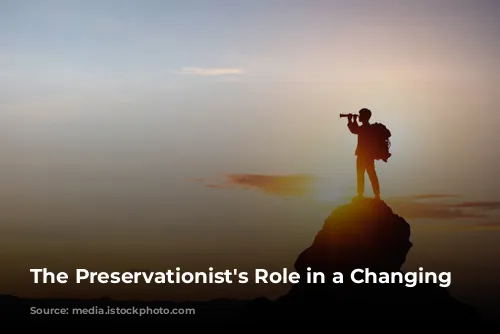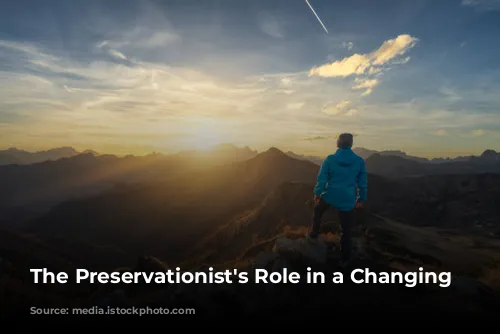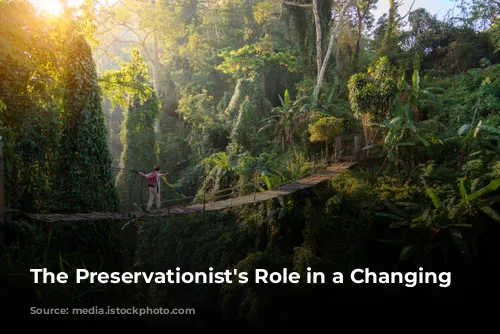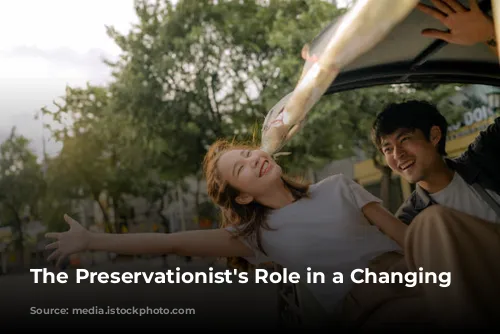It’s an exciting time to be in a city! New buildings are going up, bustling streets are filled with activity, and life feels vibrant. But amid all this progress, what happens to our history? How do we keep the unique character of our cities intact while also embracing modern development? This is where preservationists step in. They play a crucial role in balancing the need for economic growth with the importance of safeguarding our cultural heritage.
A Balancing Act: Preserving the Past While Building the Future
The relationship between preservationists and developers isn’t always easy. It’s a dance, with both sides wanting different things. Often, preservationists don’t get everything they want, but they’re fighting for something bigger than themselves. They’re fighting for the integrity of historic preservation laws. They’re fighting for the unique character of our cities, for the charm that makes them so special.

Paris: A Case Study in Urban Preservation
Paris, the City of Lights, is a perfect example of this ongoing struggle. Recently, a court ruled to protect the last remaining facade of the iconic La Samaritaine department store. This landmark, once a symbol of French consumerism, is undergoing a massive transformation. The luxury conglomerate LVMH wants to rebuild the store, incorporating modern design. Critics, however, fear this change will erase the building’s historic character and replace it with a generic glass facade.
The controversy surrounding La Samaritaine highlights a growing tension in cities around the world. Some argue that preservation hinders growth and prevents cities from becoming modern and dynamic. But preservationists argue that safeguarding our past actually enhances our future. Protecting historic buildings adds value to our cities, making them more attractive to residents and visitors alike.

The Case for Preservation: More Than Just Nostalgia
Preservationists aren’t just nostalgic for the past; they understand the power of historic buildings to shape our present and future. They recognize that preserving these buildings isn’t about freezing our cities in time, but about maintaining a sense of place and identity.
This approach has proven successful in many cities. Preservationists work alongside developers to incorporate historical elements into modern projects, creating a harmonious blend of old and new. This not only enhances the aesthetic beauty of our cities but also adds to their economic value.

A Third Way: Finding Common Ground
Preservationists are not simply roadblocks to progress. They are mediators, seeking solutions that benefit both history and the future.
Take the example of the Fifth Church of Christ, Scientist in Cleveland. This landmark building was facing demolition, but preservationists worked with developers to find a creative solution. Instead of razing the entire building, they incorporated historic elements into a new development, preserving a piece of the church’s legacy.
This story shows that preservationists are not just fighting to save buildings but to create a better future for our cities. They are advocates for a thoughtful approach to development, one that respects our heritage and creates vibrant, sustainable communities.

The Invisible Legacy of Preservation
You may not notice the impact of preservationists at first glance. You may not see the battle scars from their fights. But the legacy of their work is profound. Thanks to their efforts, we can enjoy the beauty and character of historic buildings incorporated into the fabric of our modern cities. Their work ensures that our cities remain unique and desirable, a balance of progress and tradition.









